Leaving the yurt camp in the morning, we rode back through the foothills to the border checkpost, passing a lone shepherd on horseback on the way.
The border procedures were fairly straightforward on both sides, with the exception of one angry Tajik officer who claimed to be ‘transport police’ and demanded payment, almost certainly a bribe. The two posts are spread almost 20 kilometres apart on either side of the 4,300 metre Kyzyl-Art pass.
Once on the far side, we followed the famed Pamir Highway past the ancient meteor-crater Lake Karakul and the small village next to it.
Instead of continuing straight down the Pamir Highway to the local centre of Murgab, we decided to take a detour and explore the eastern side of the Bartang valley. The Bartang is another way through the Pamir Mountains, but is a notoriously difficult and remote trail, requiring 400+ km fuel range, and several days of food and water packed – however it’s also supposed to be spectacularly beautiful, in a stark and remote way. We took a small dirt track just south of the lake, and skirted it for a while.
Across the salt-bleached floodplains nearby, we had a number of creek crossings through icy water.
With the shadows lengthening, we set up camp tucked behind a rocky outcrop in the middle of a wide, barren plain.
Following the minimal trail west the next day, we pushed into a landscape of incredible stark beauty, snow-capped peaks looming over dry barren slopes and rocky plains. Occasional small salty lakes provided some variety to the colours.
As we dropped into a narrow river valley, lined with sickly yellow vegetation eking out an existence, we saw our only traces of human existence – a few scattered houses, and one herder driving a small herd of yaks.
Following this small stream, the valley grew wider and wider until it opened up into another vast plain.
As the colours became less tan and more red, it felt like riding on Mars – utterly isolated, no traces of human civilisation, just rocks and dirt.
After pushing around 50 kilometres in, we started to worry about our fuel range, and turned back.
Rejoining the main Pamir Highway, we were treated to a brief section of tarmac before it too degenerated into washboard corrugations. Even after it turned back into tarmac, there were enormous potholes and washouts to contend with.
The rock formations along the edge of the road were amazing, with the geological layers evident and some startling colours on display.
We pulled into the small town of Murgab, as utterly isolated a town as you could get. Petrol here comes from electric pumps, but since there’s no through-flow measuring, it’s pumped into a bucket and through a funnel. The bazaar consists of repurposed old shipping containers dumped in a rough line.
We took a room in a guesthouse and had a shower and a decent nights’ sleep, and stocked up on supplies before setting off into the wilderness again.

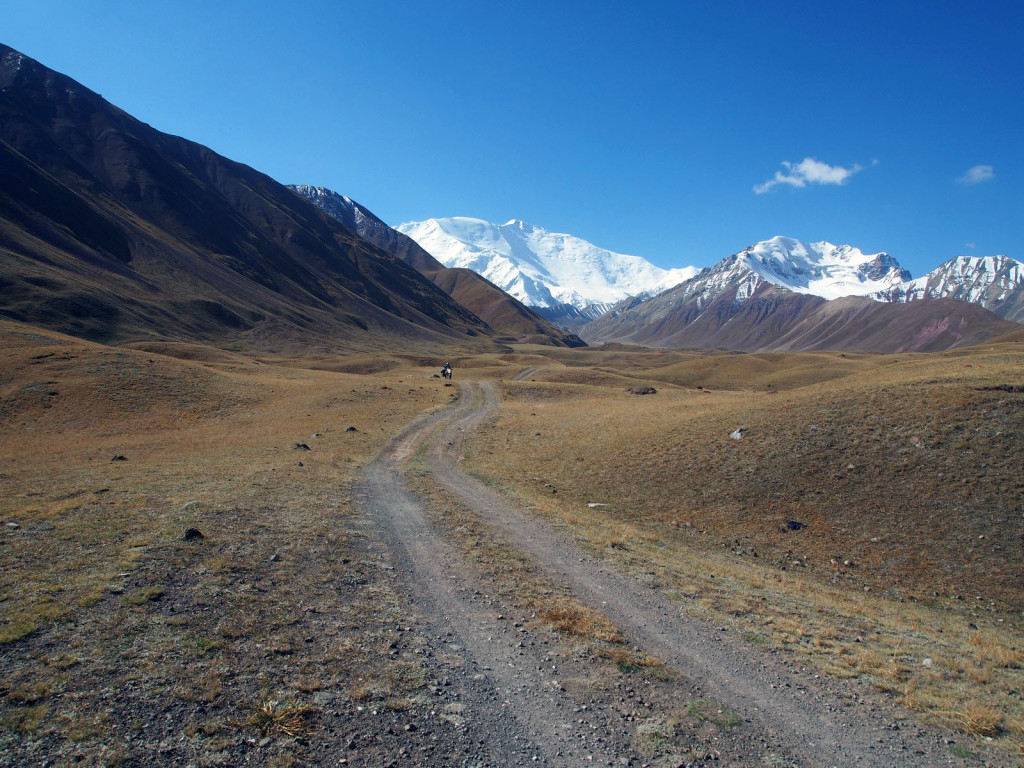
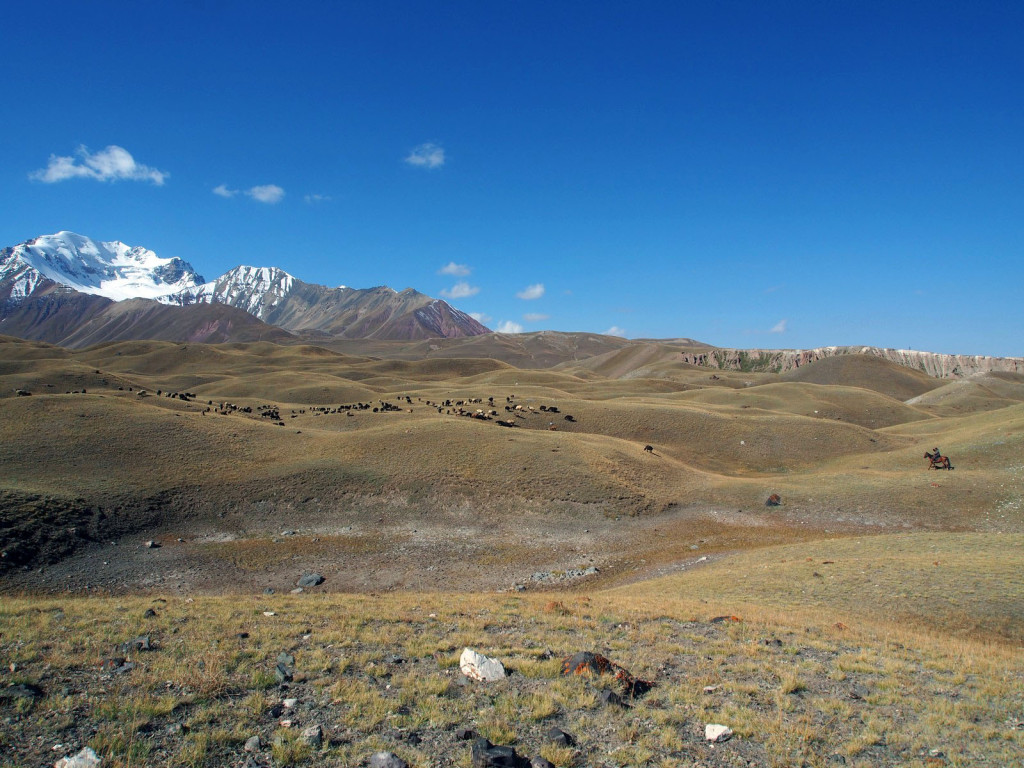
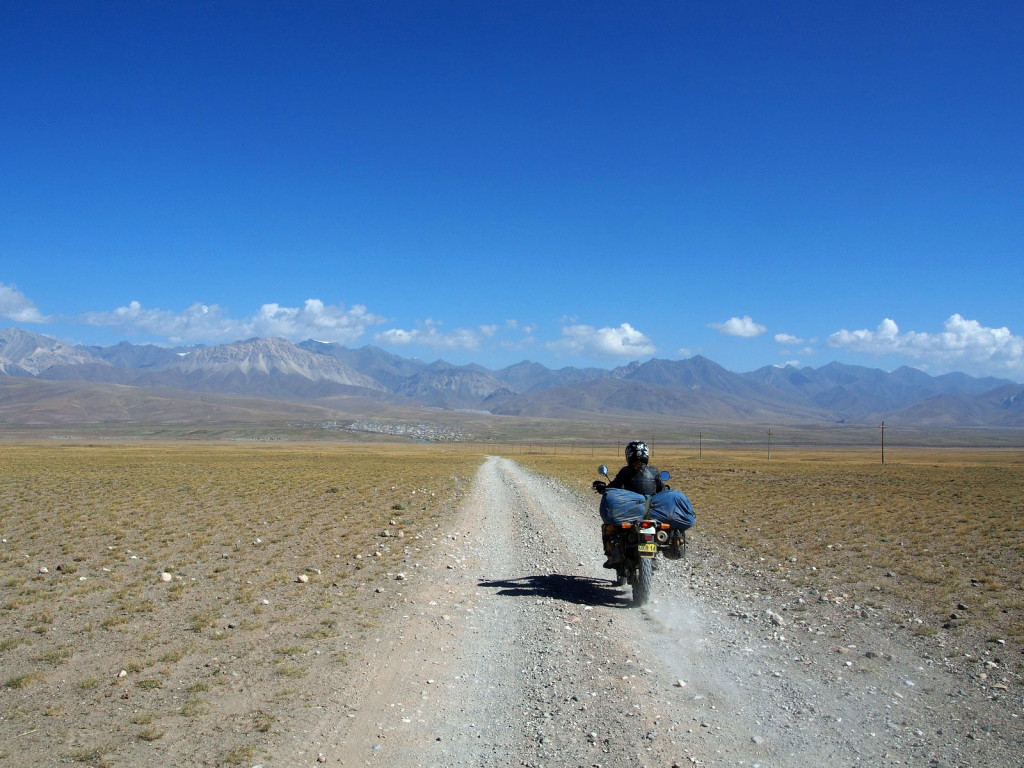
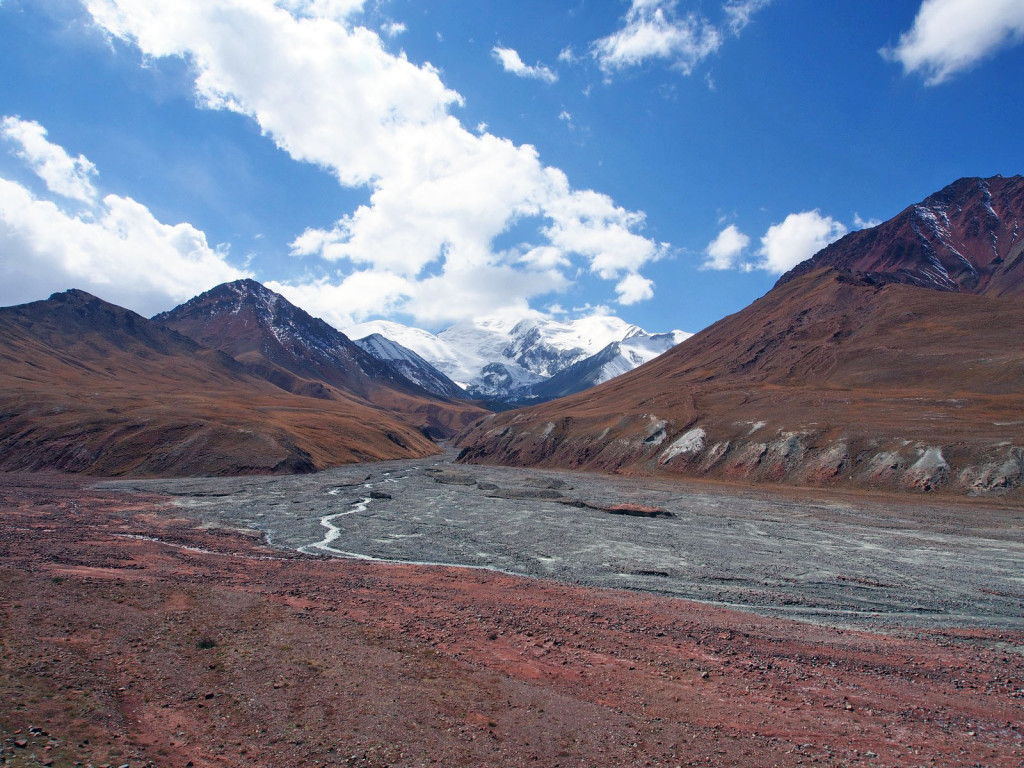
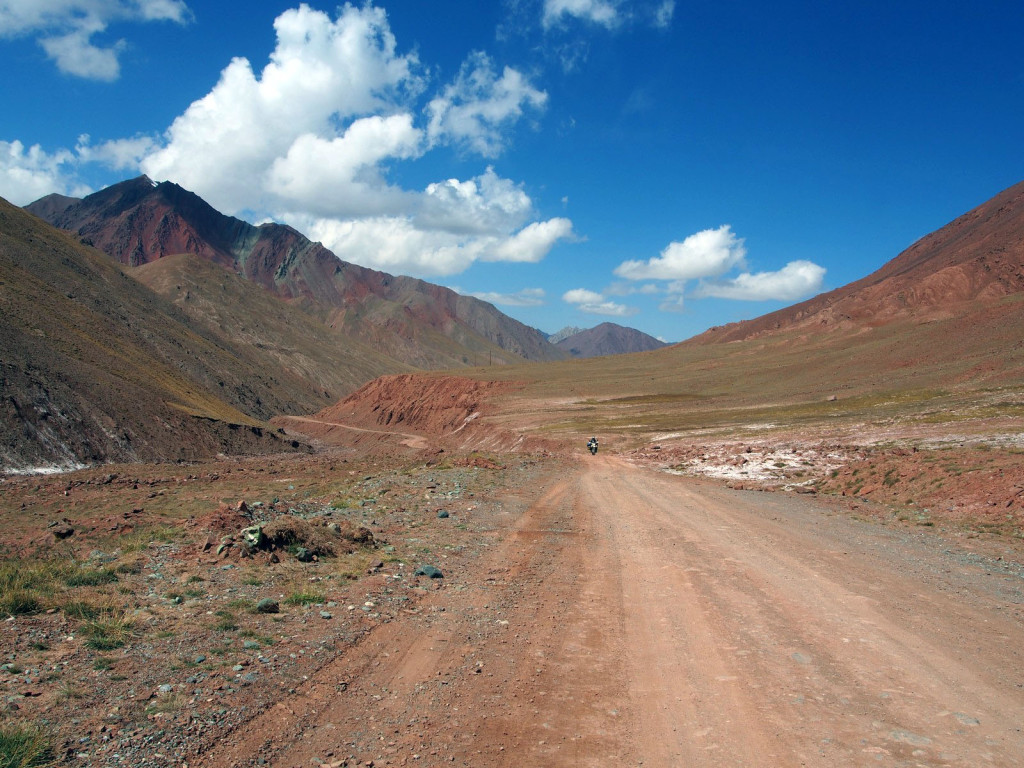
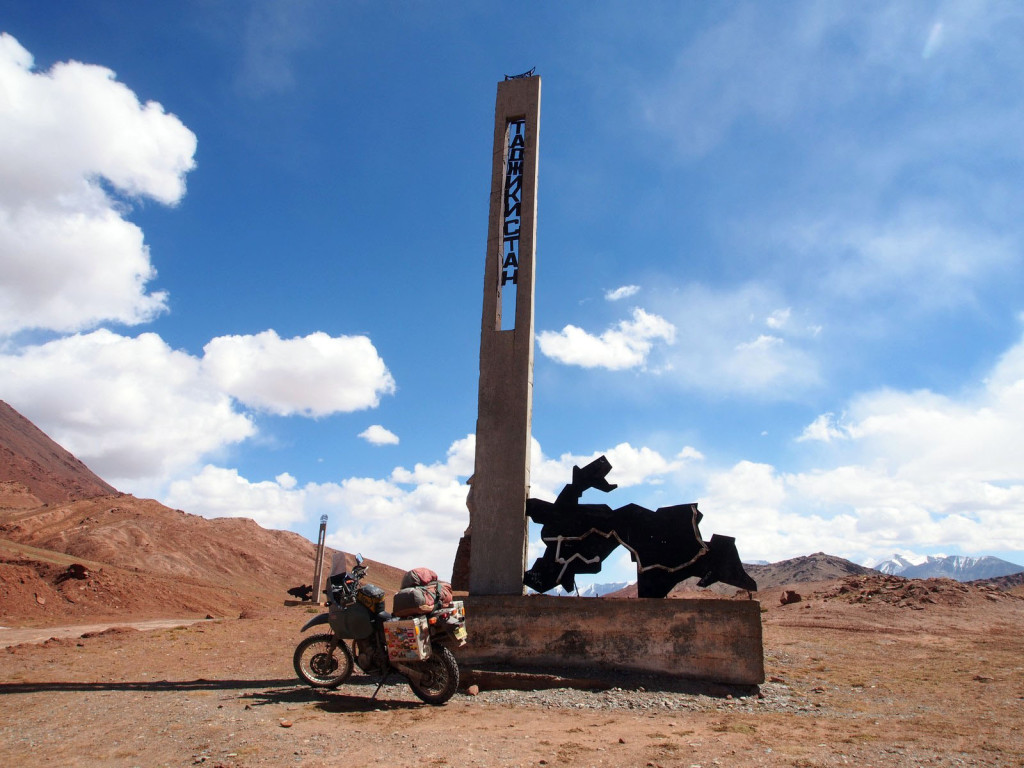
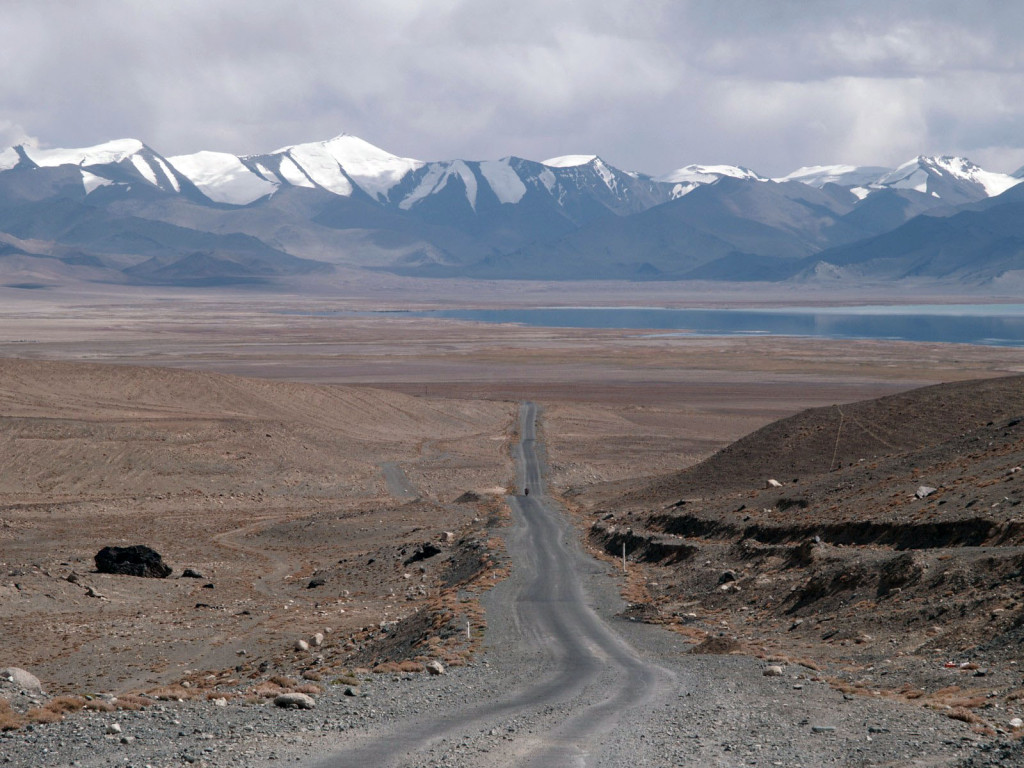
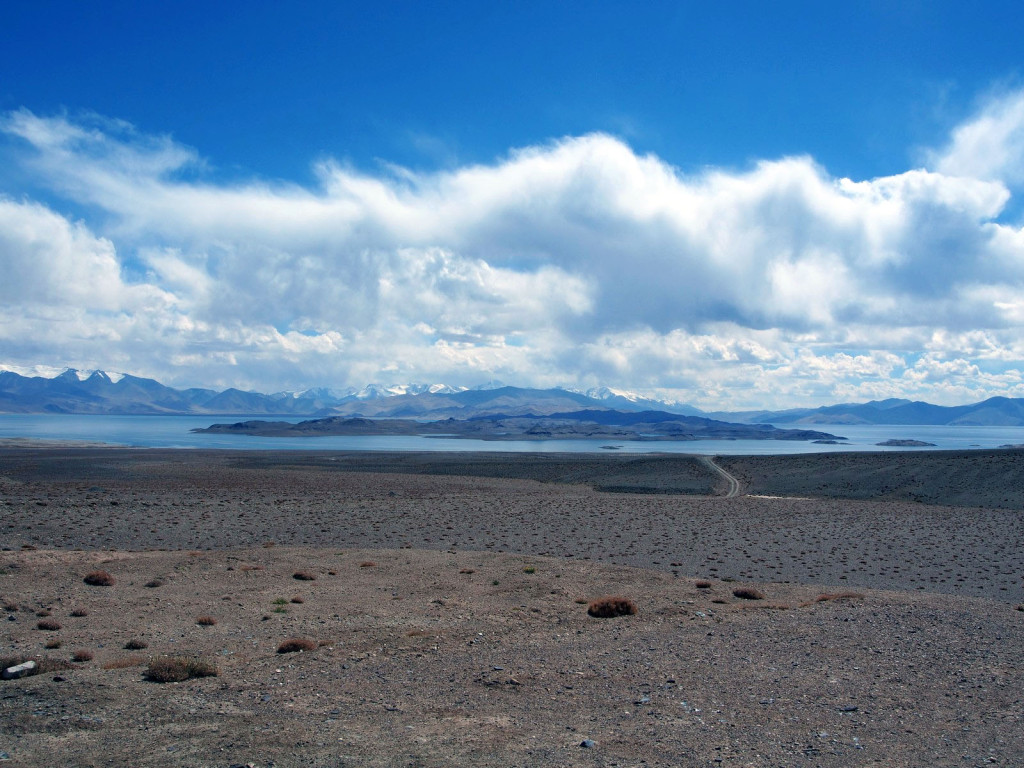
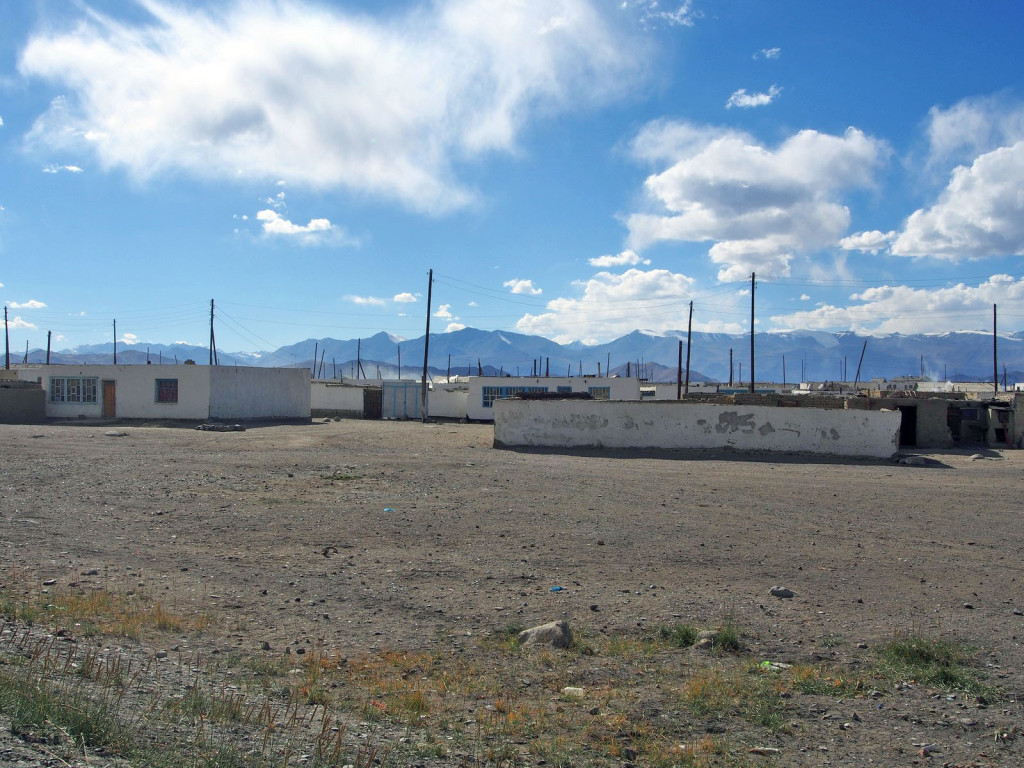
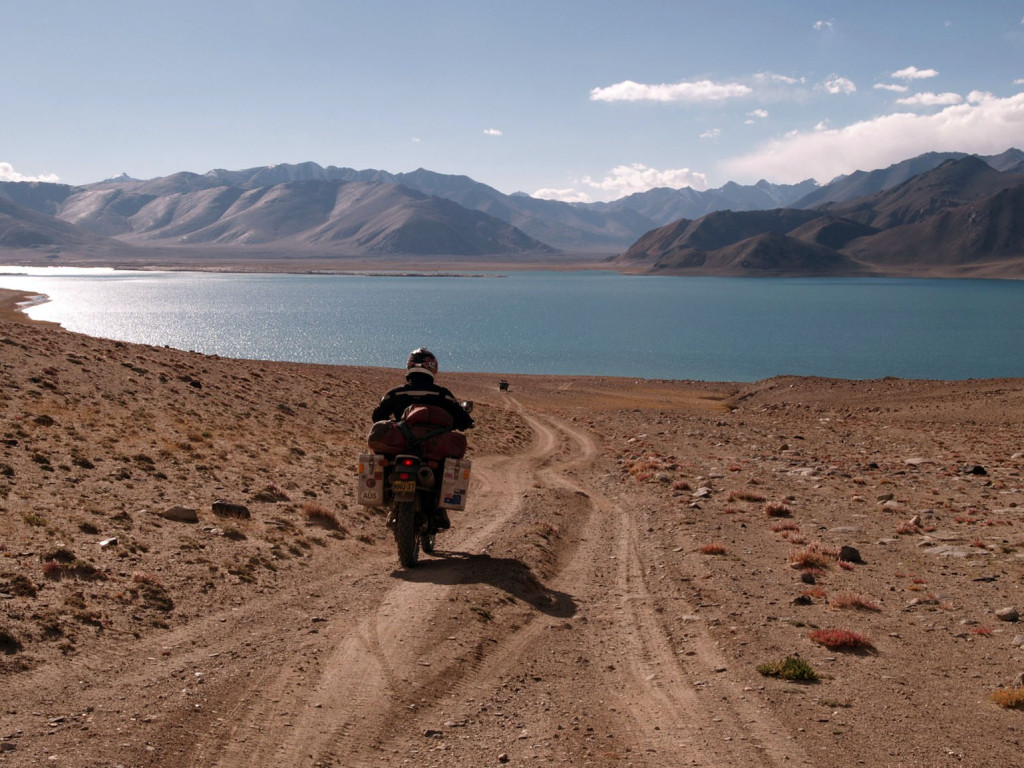
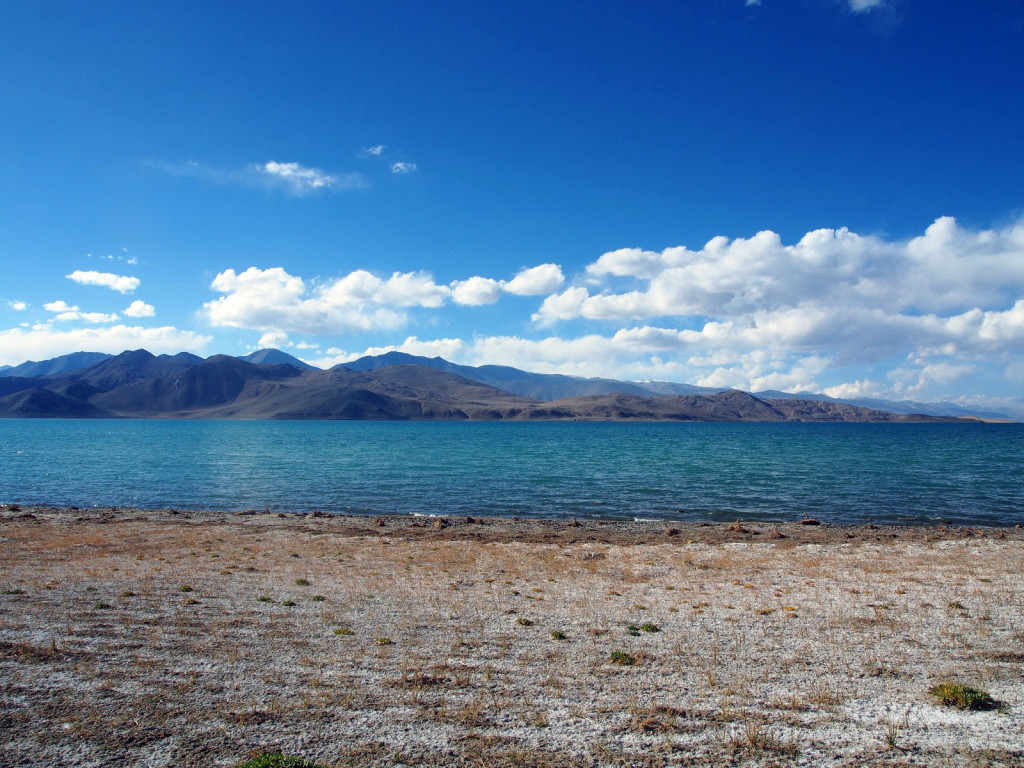
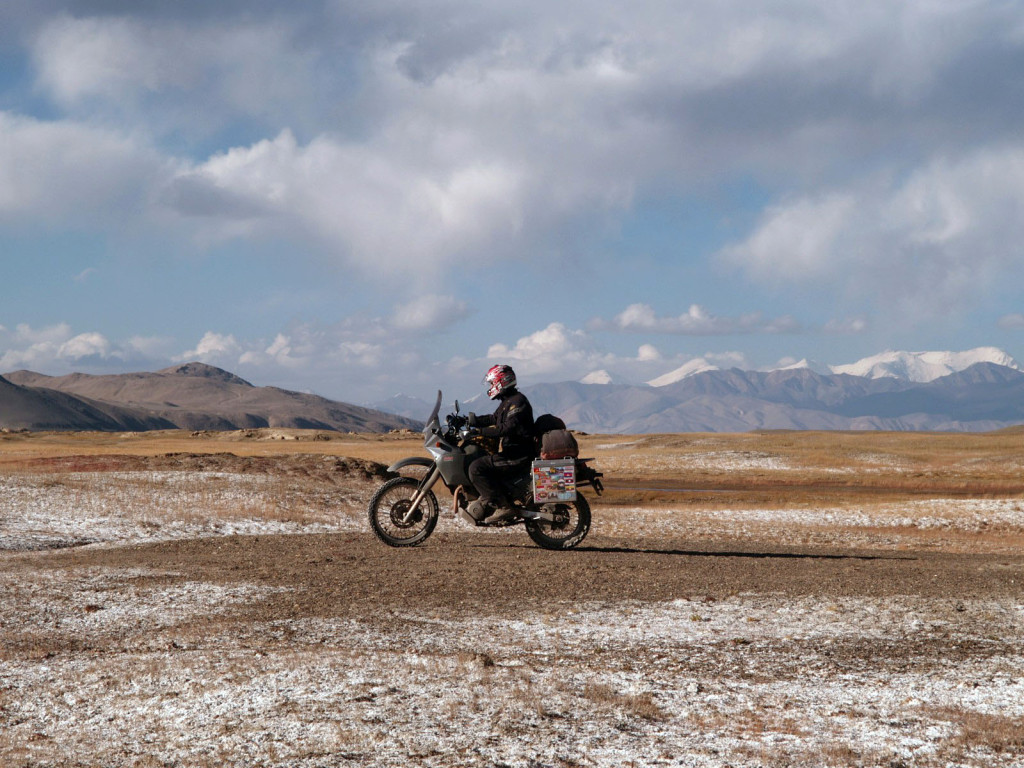
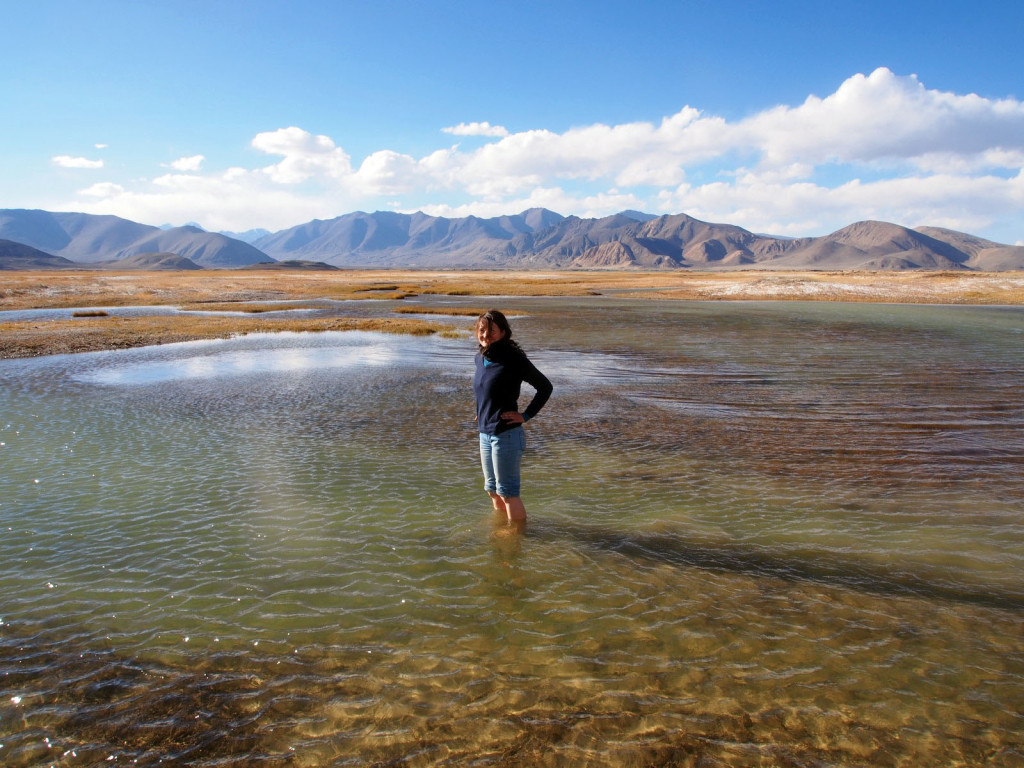
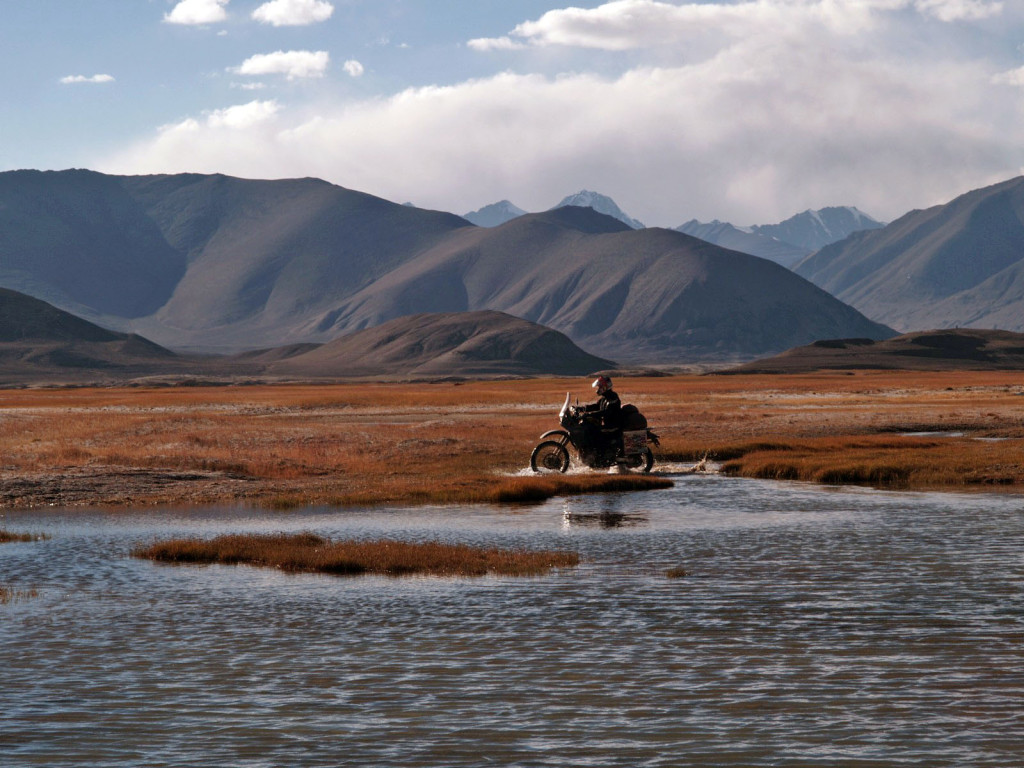
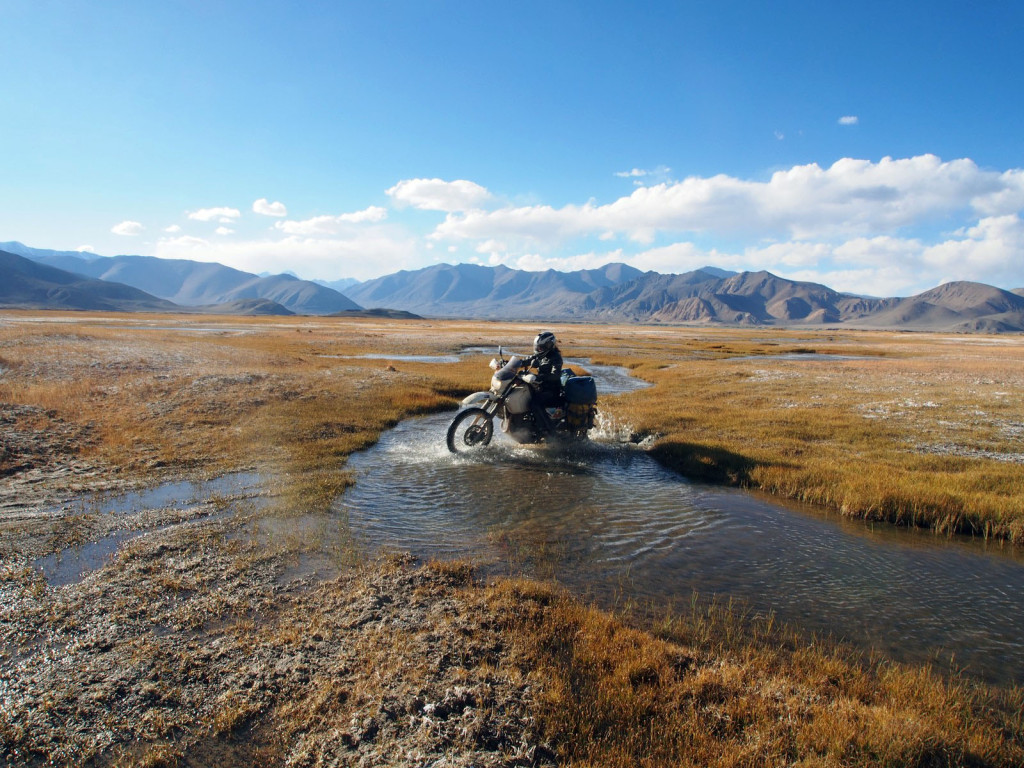
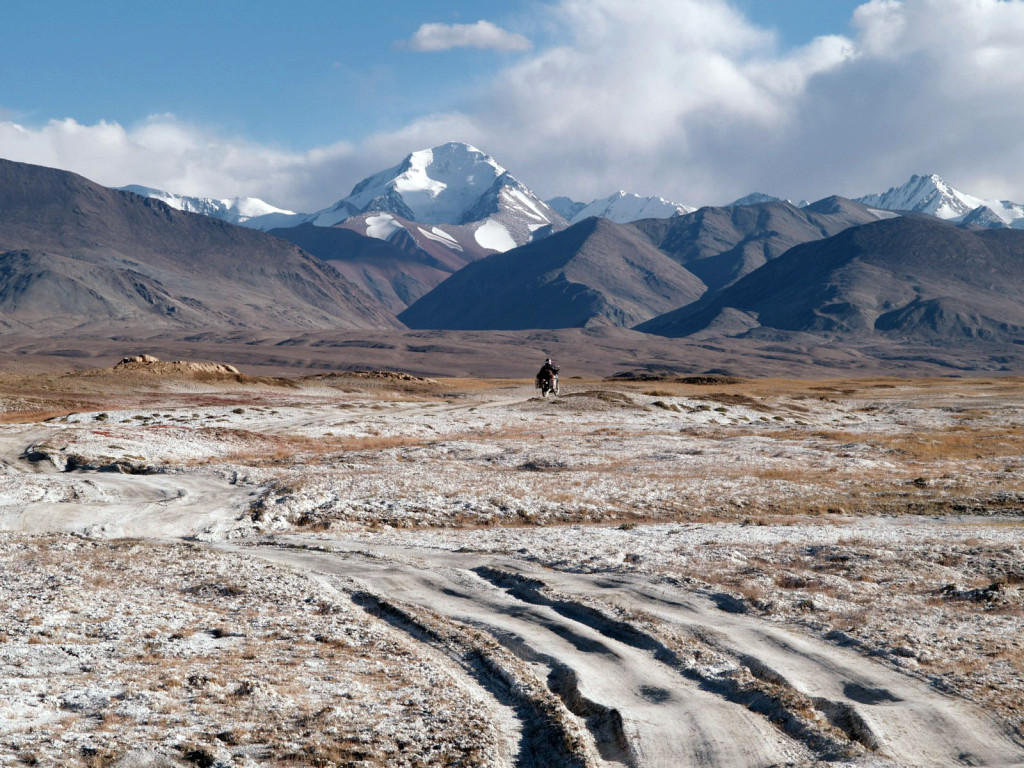
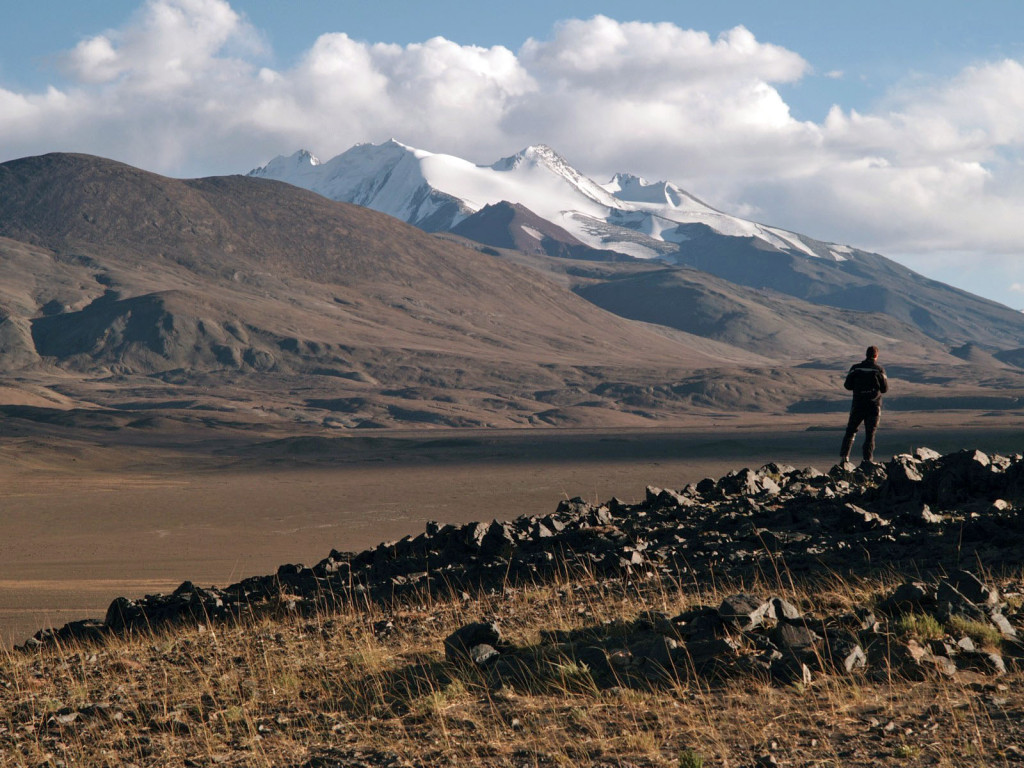
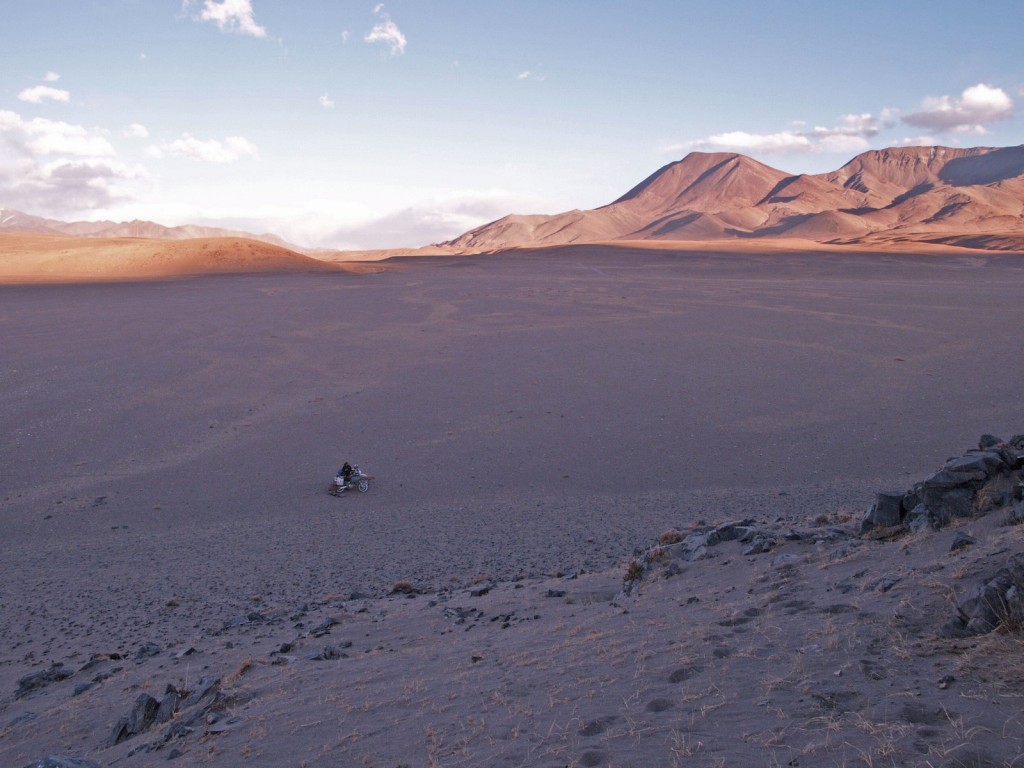

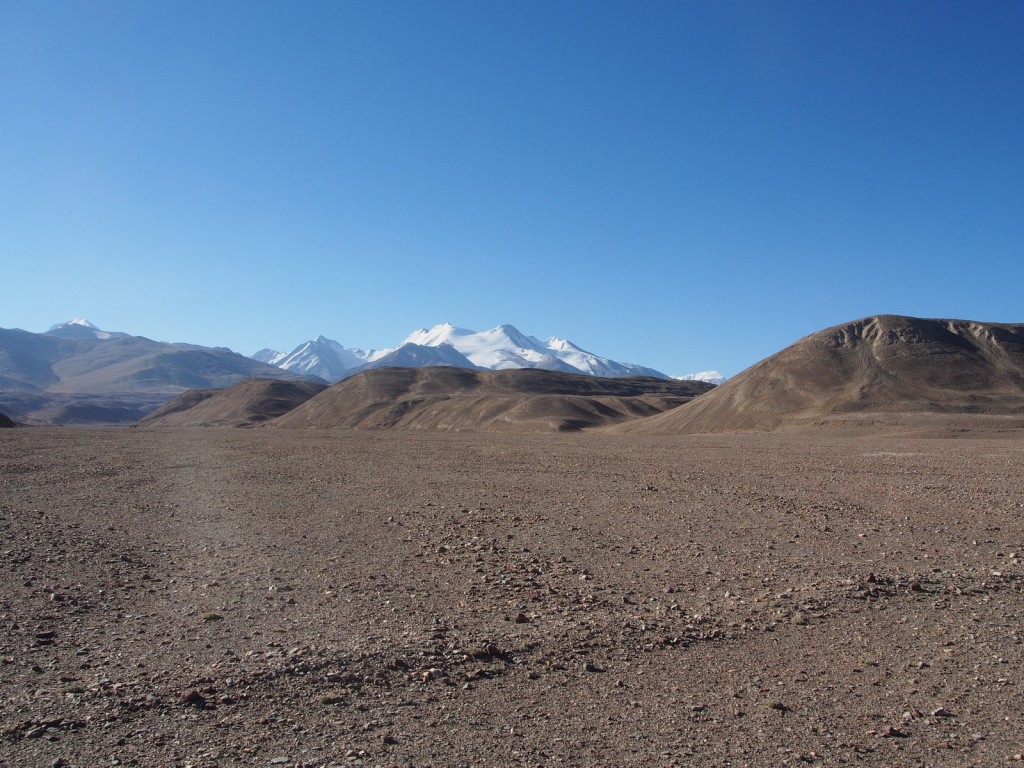
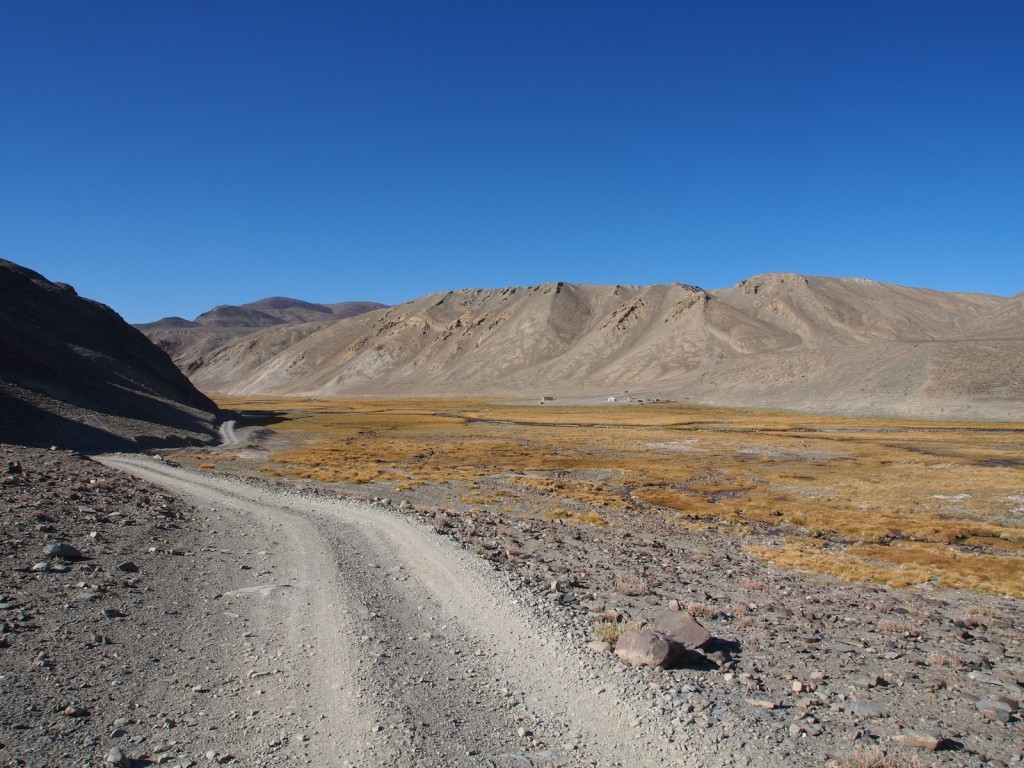
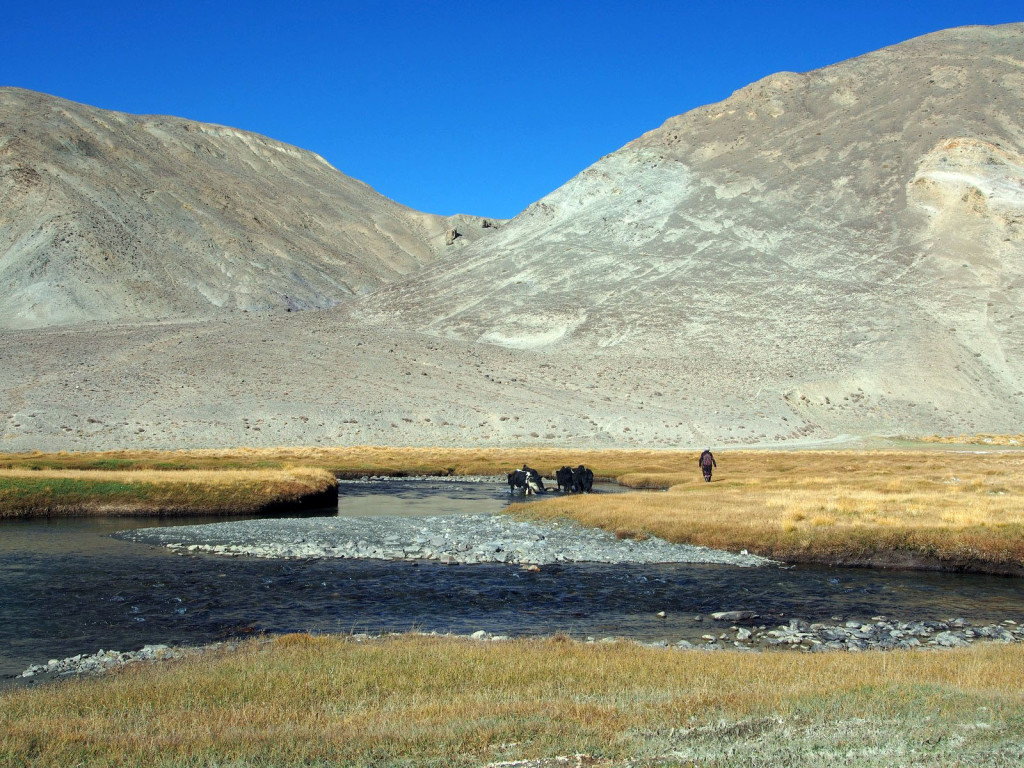
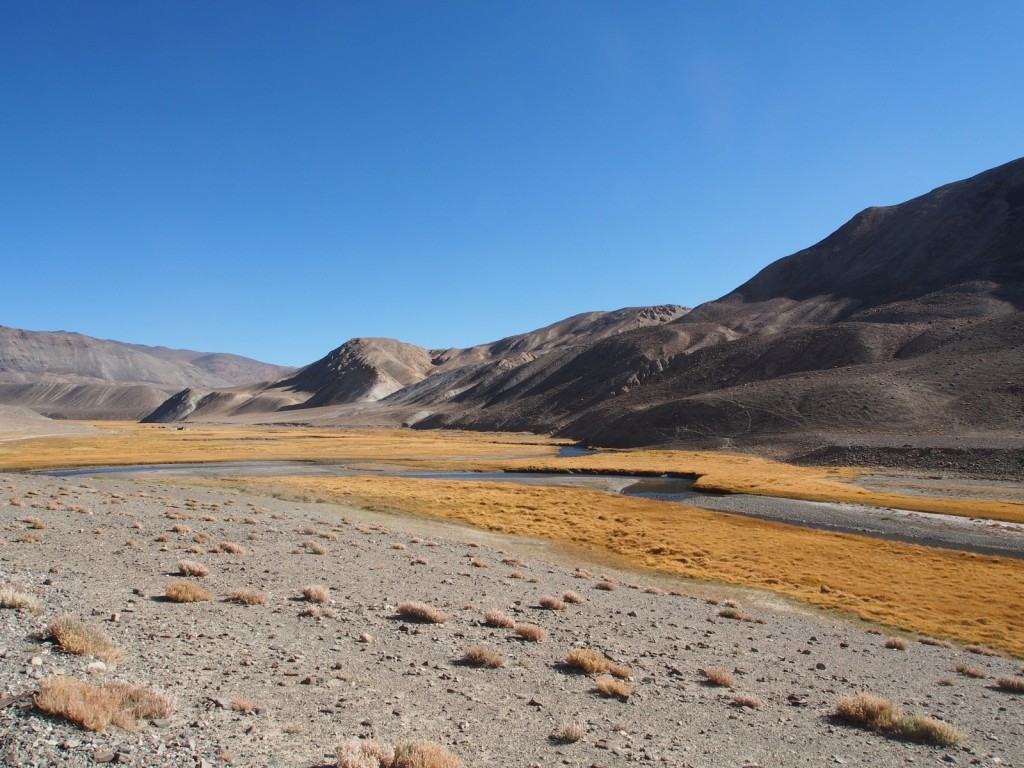

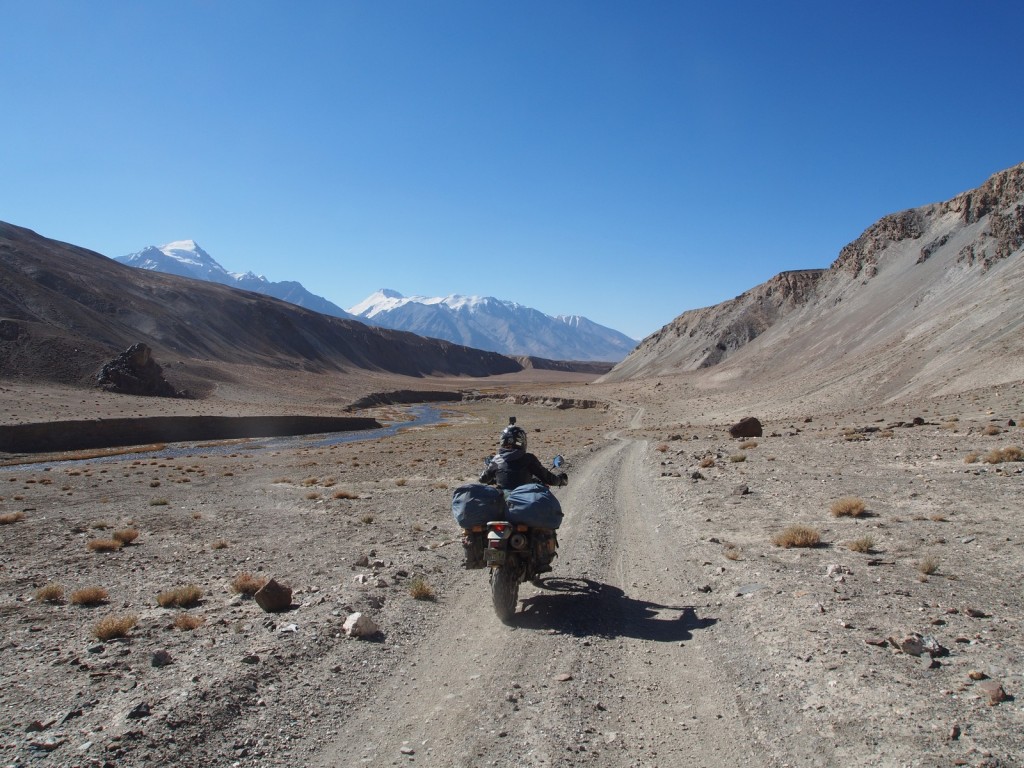
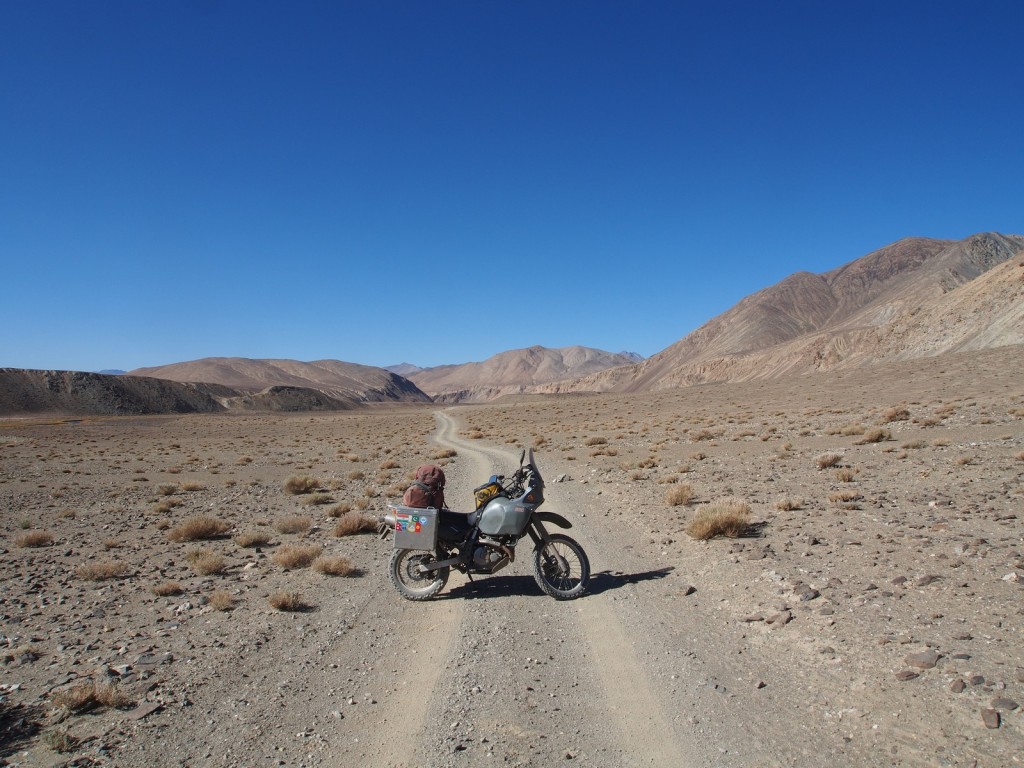
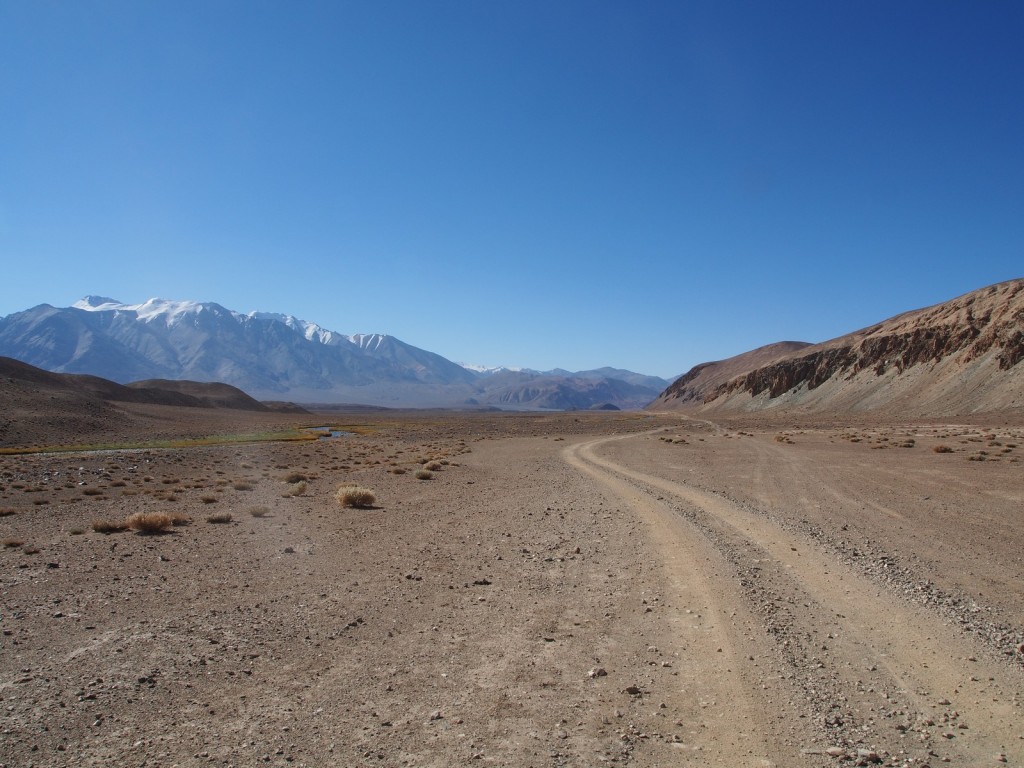
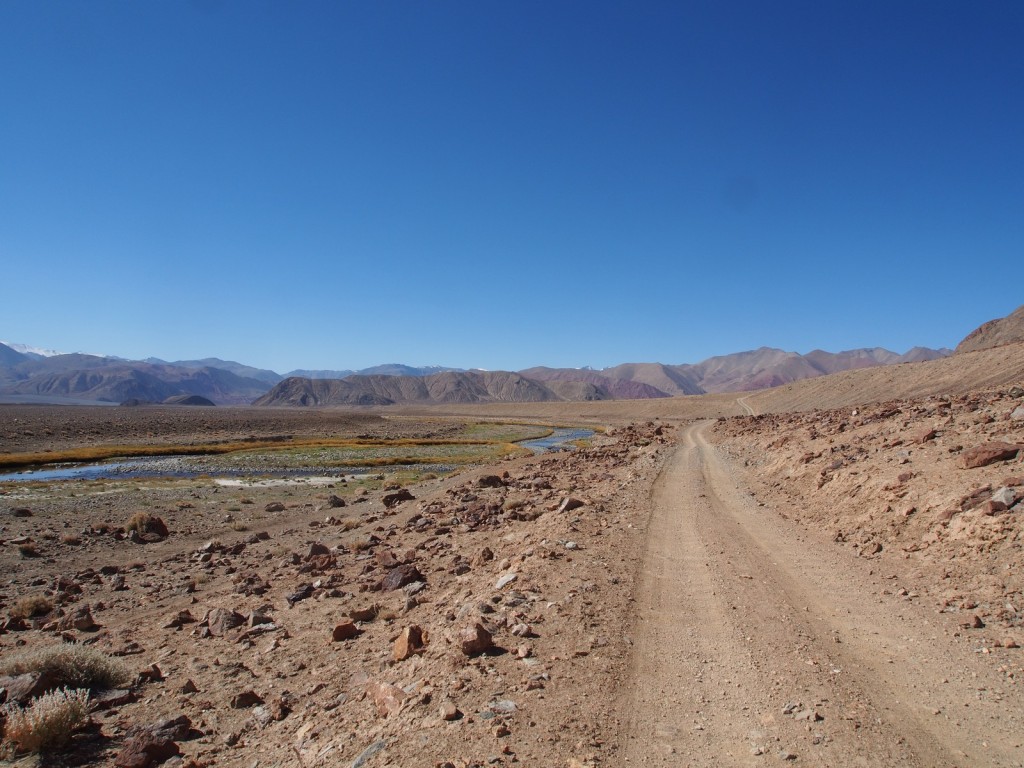
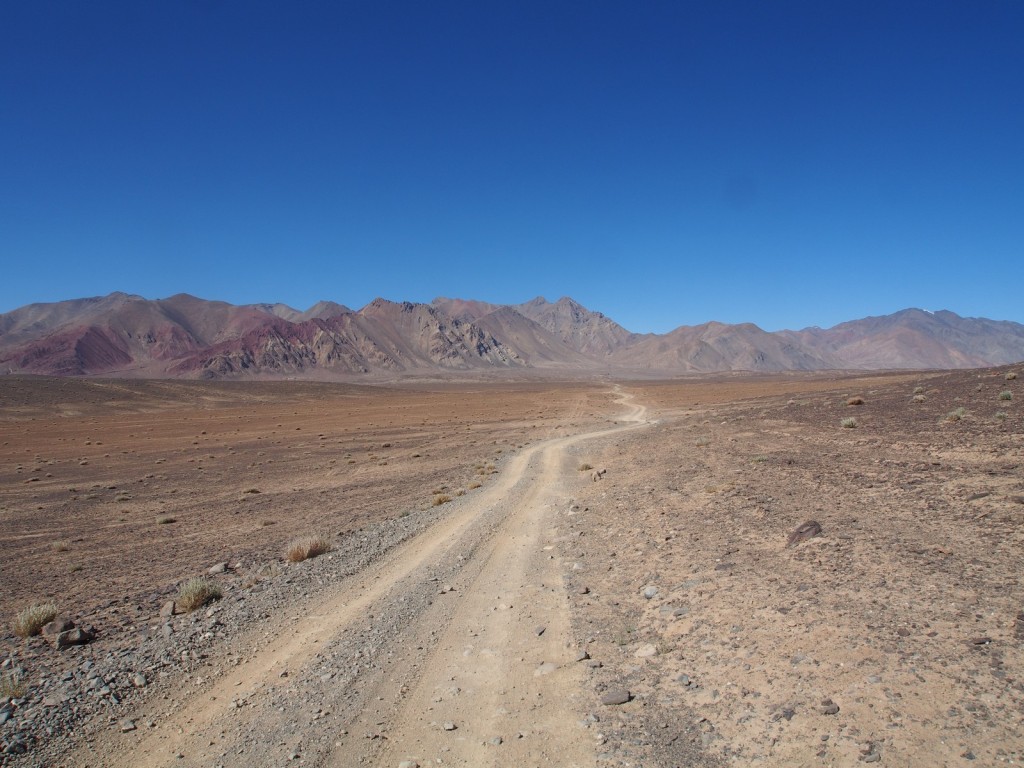
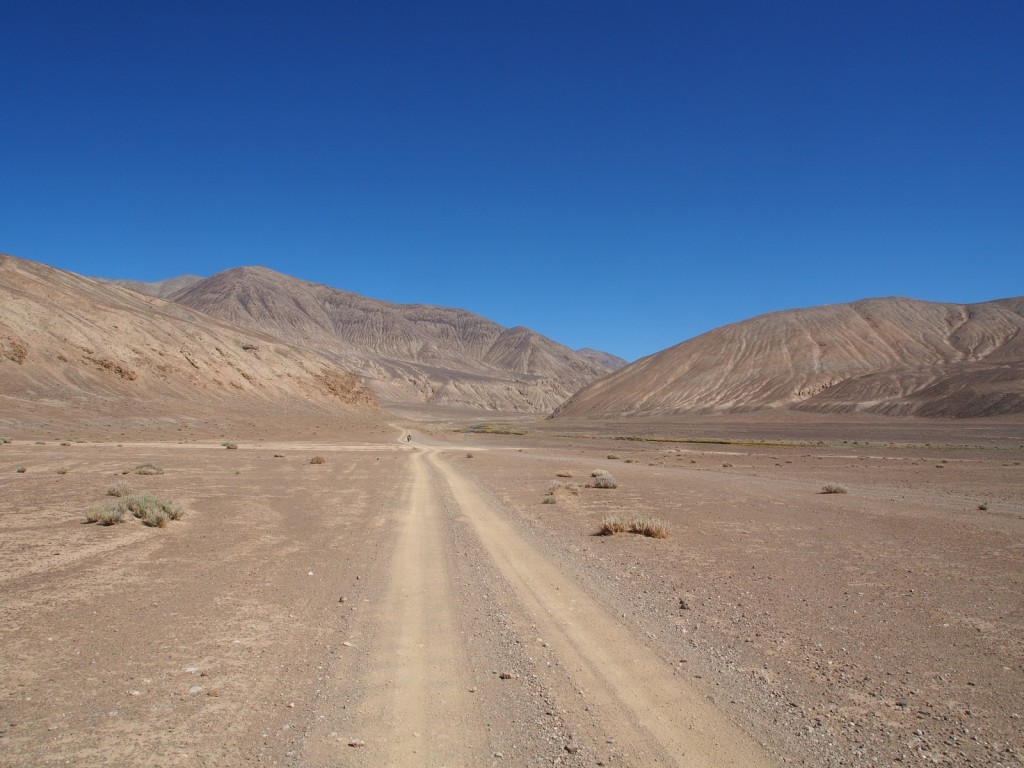

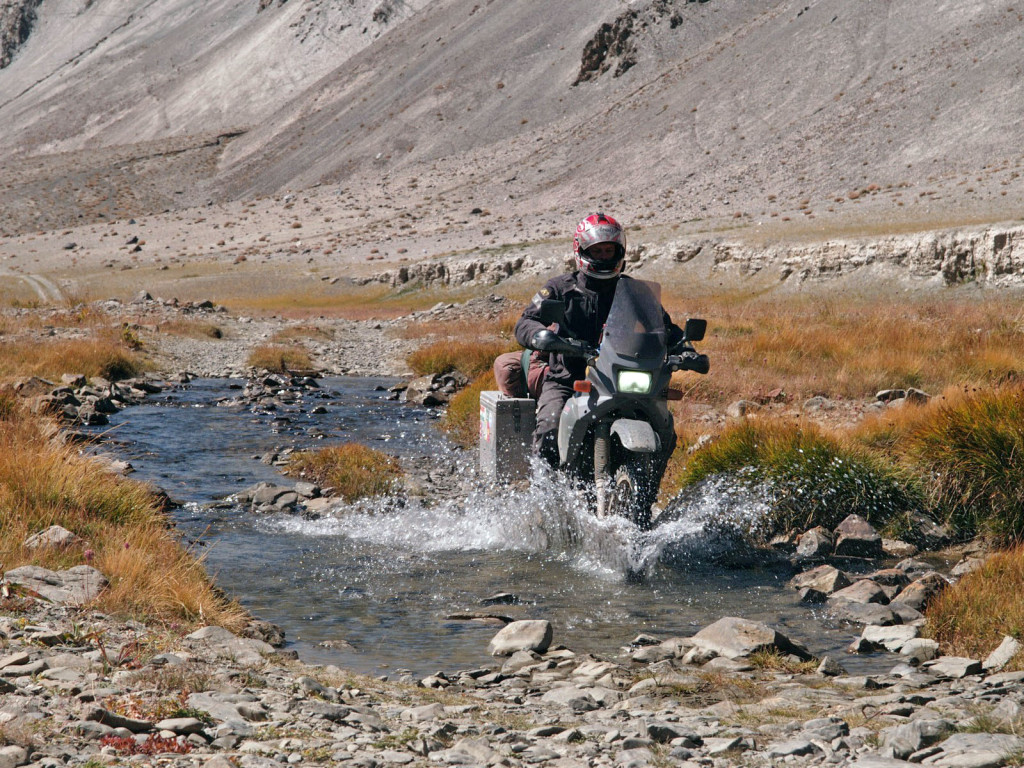
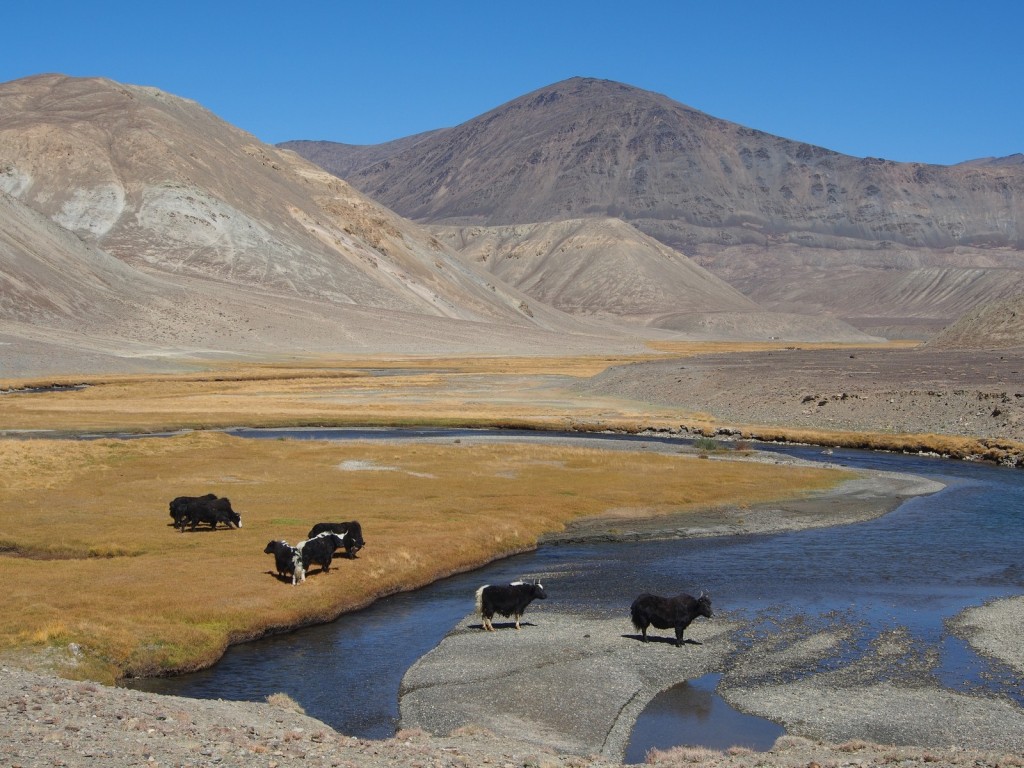
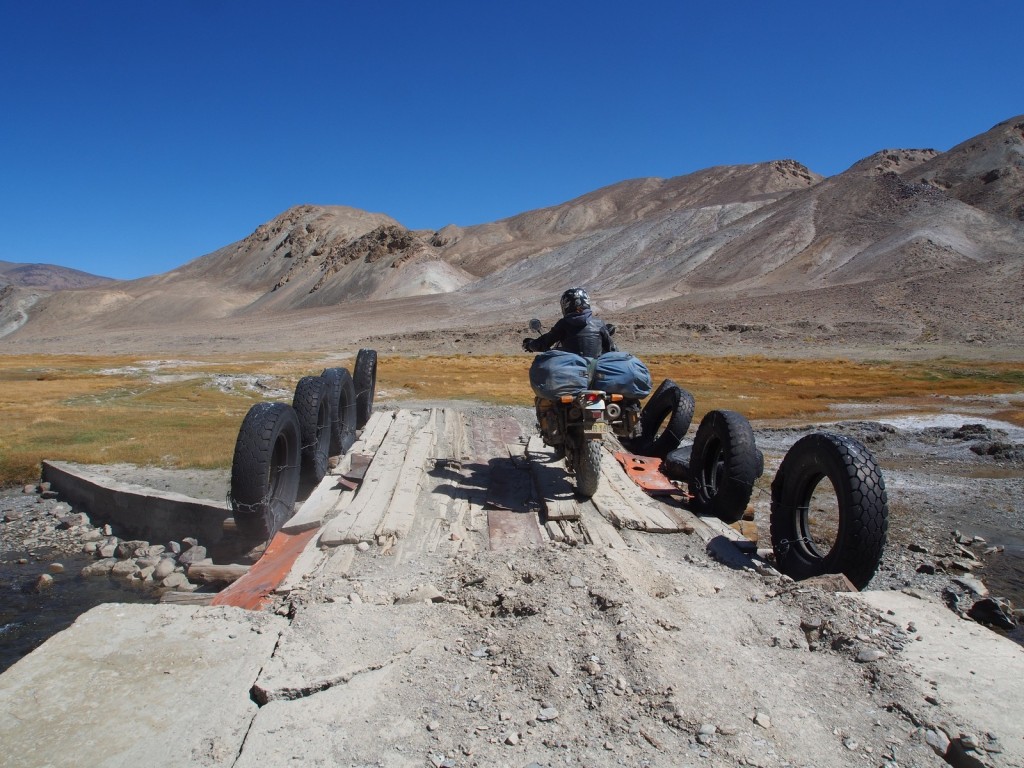
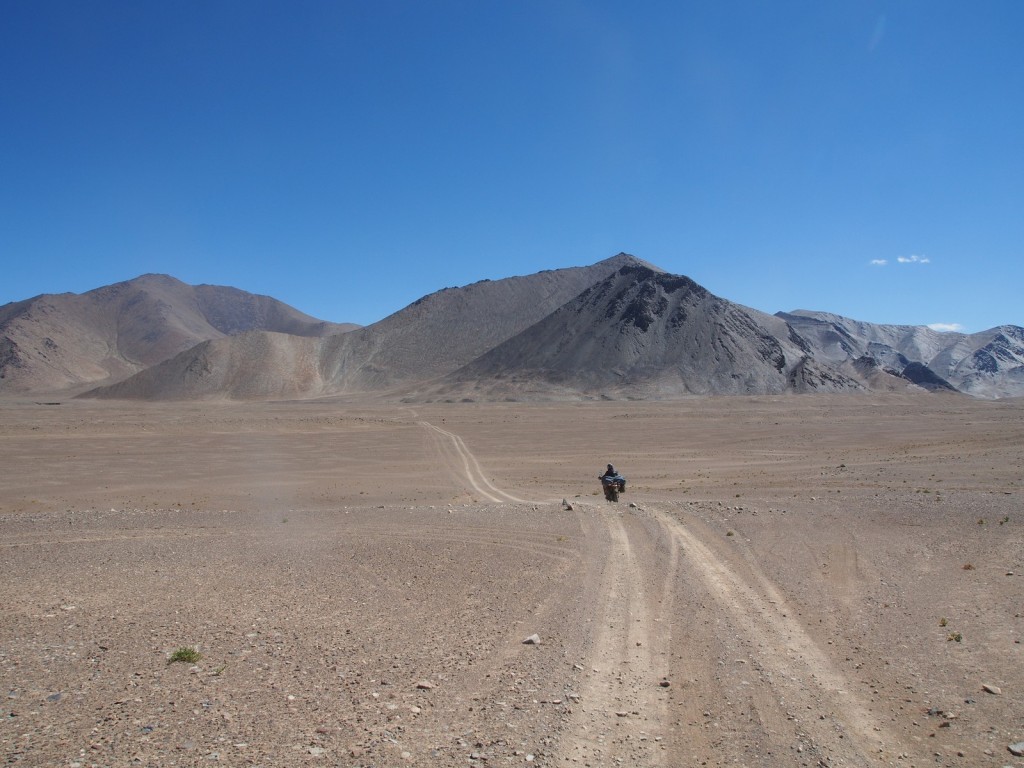
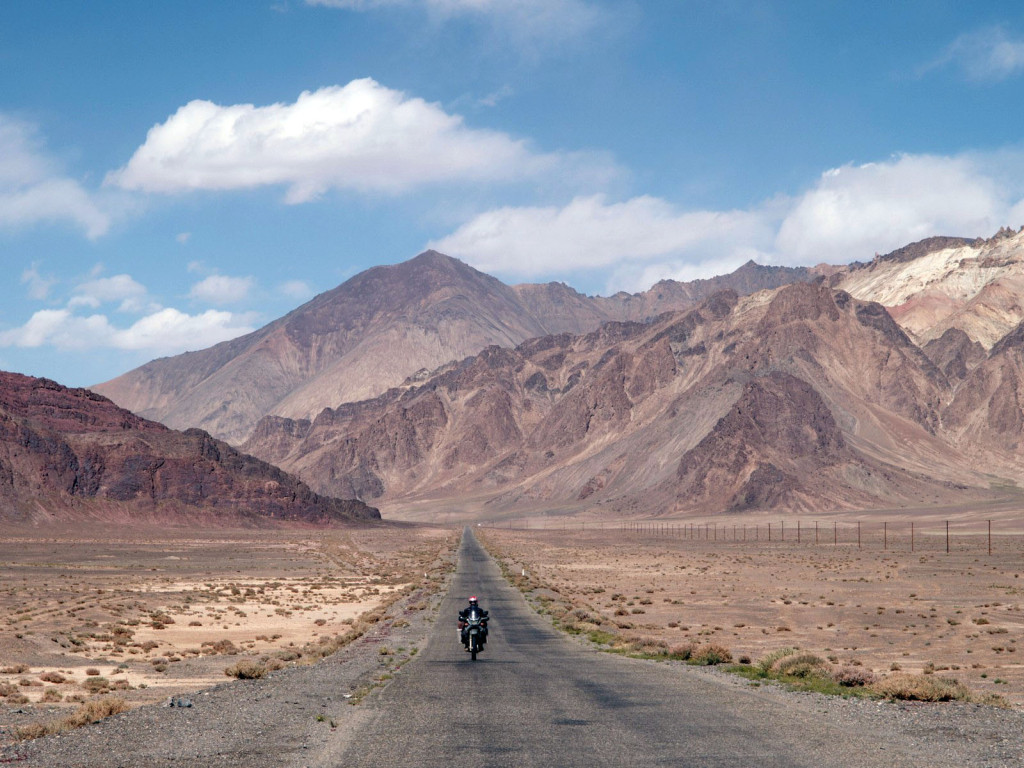
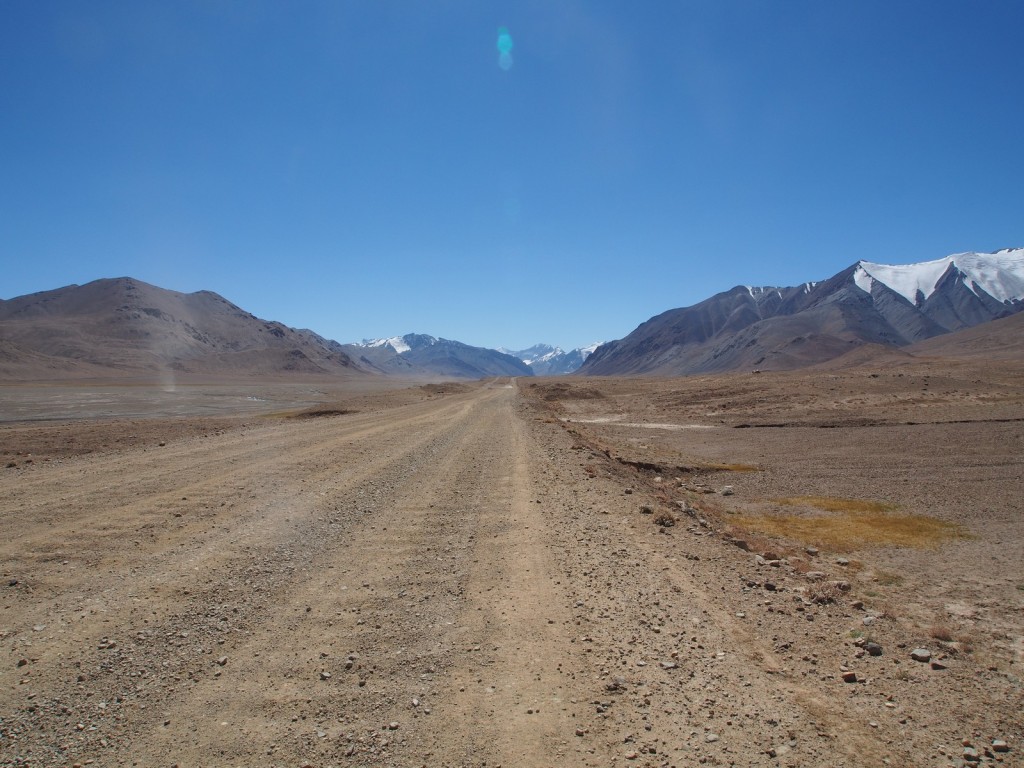
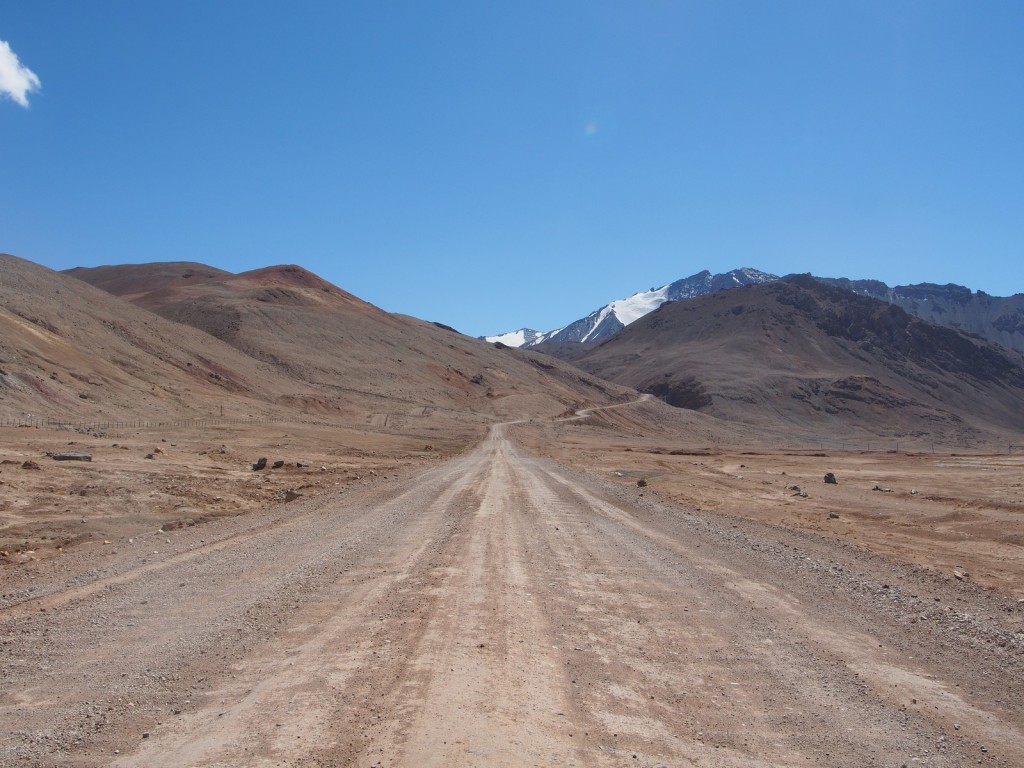
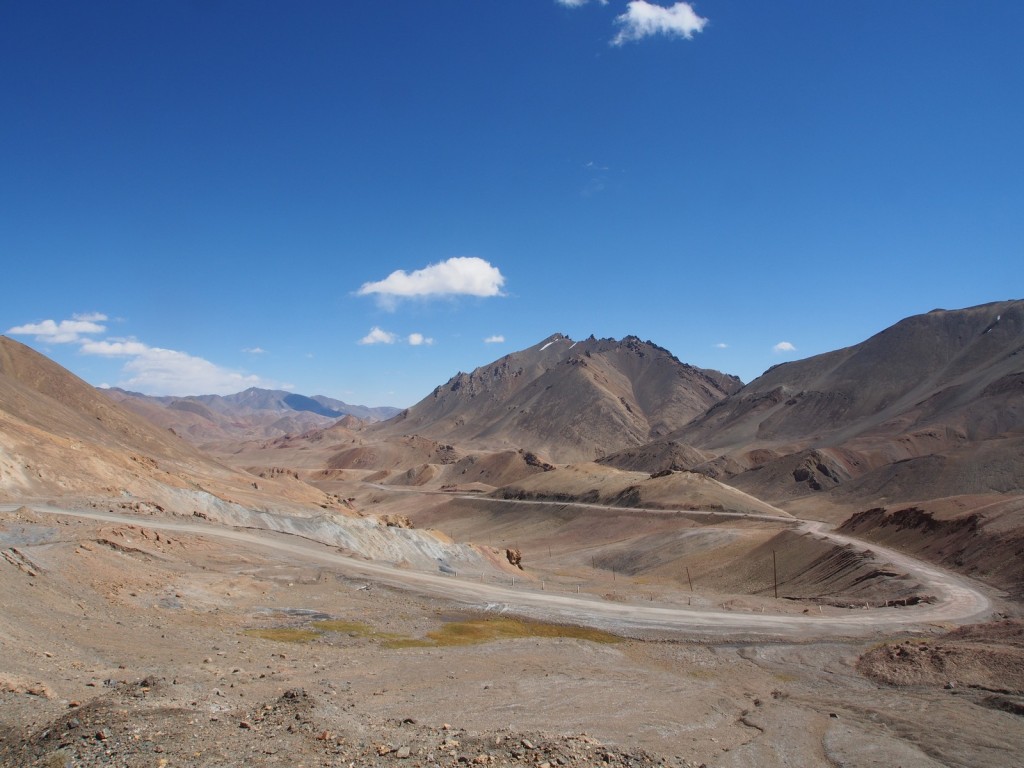

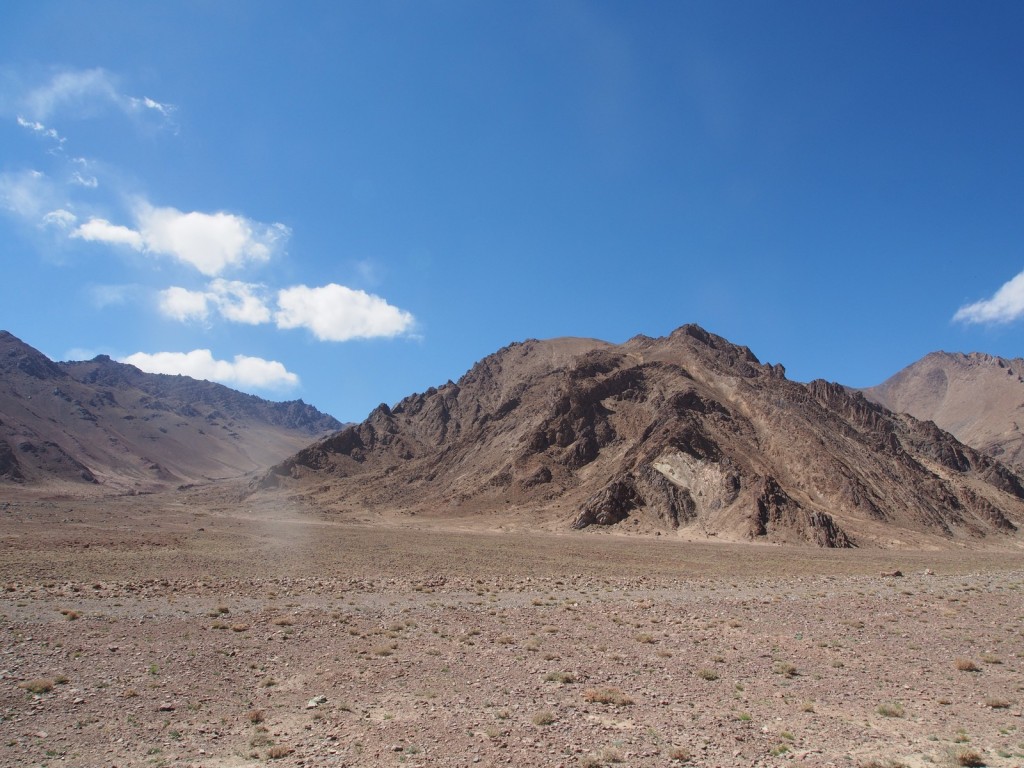
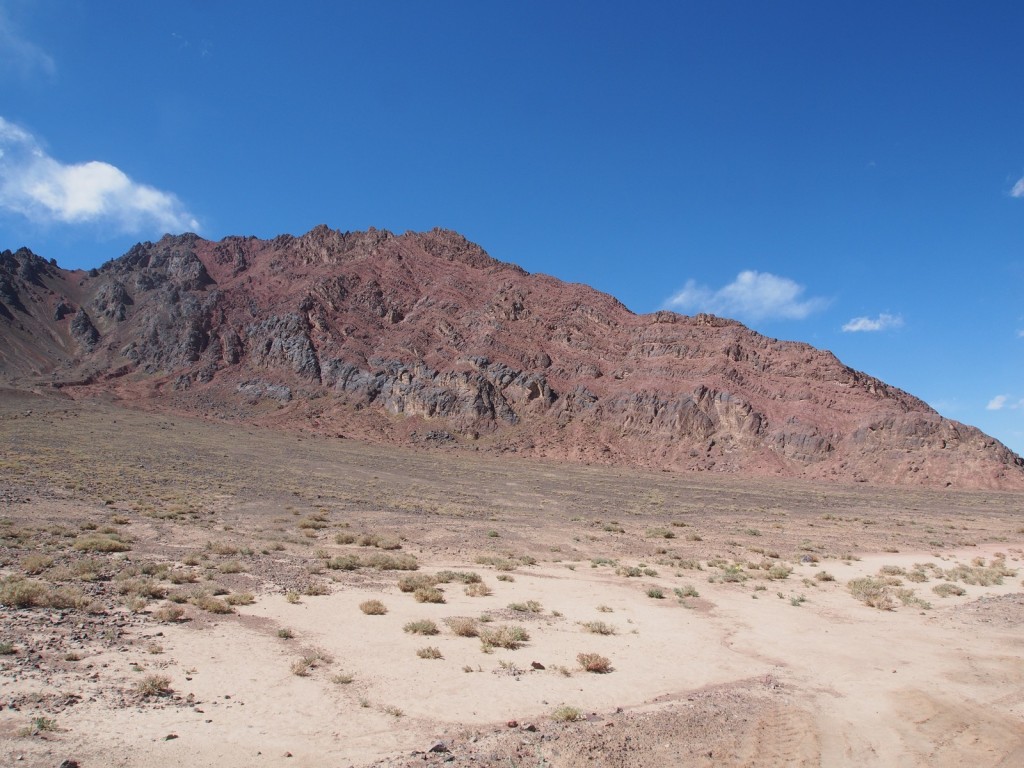
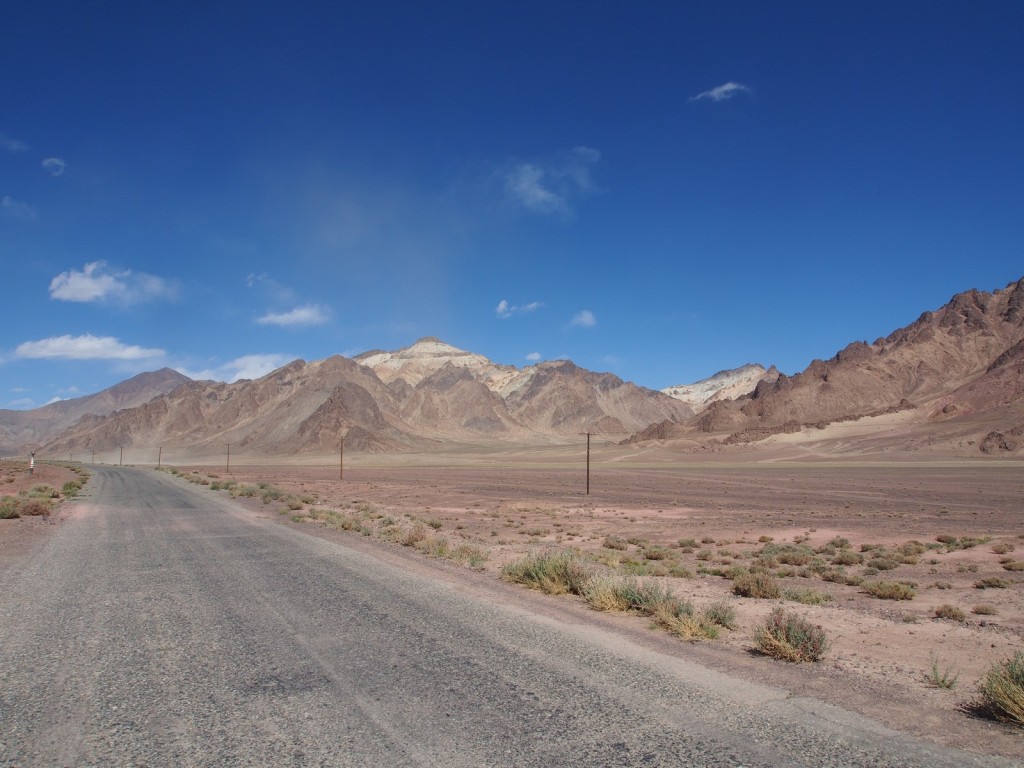

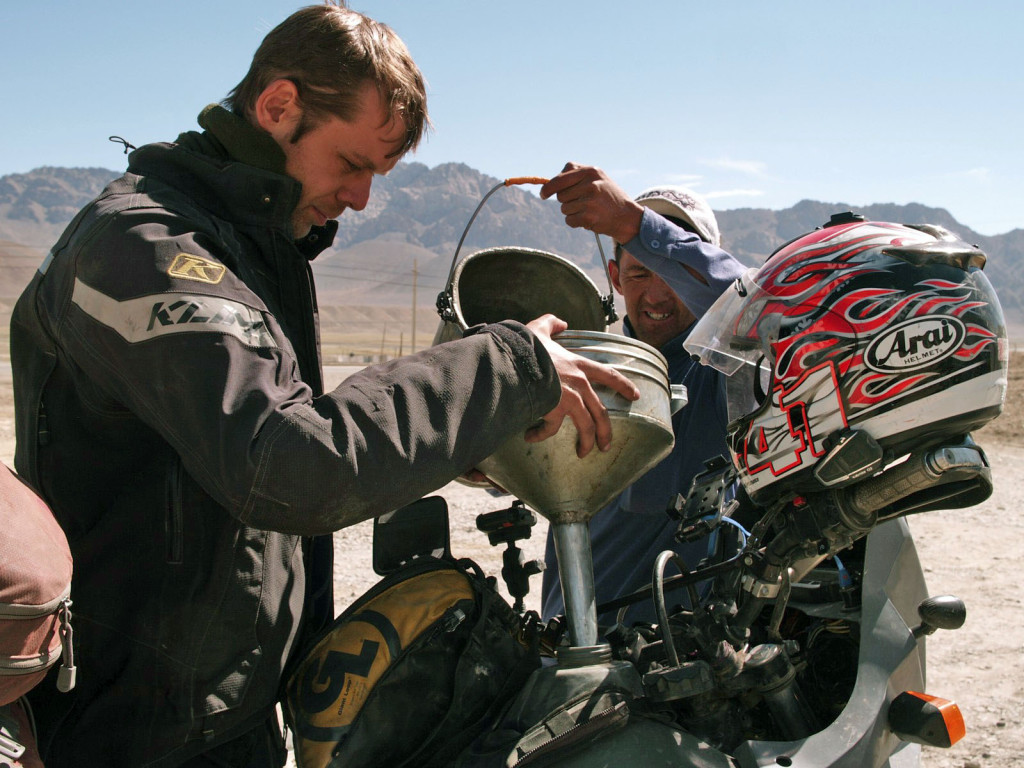
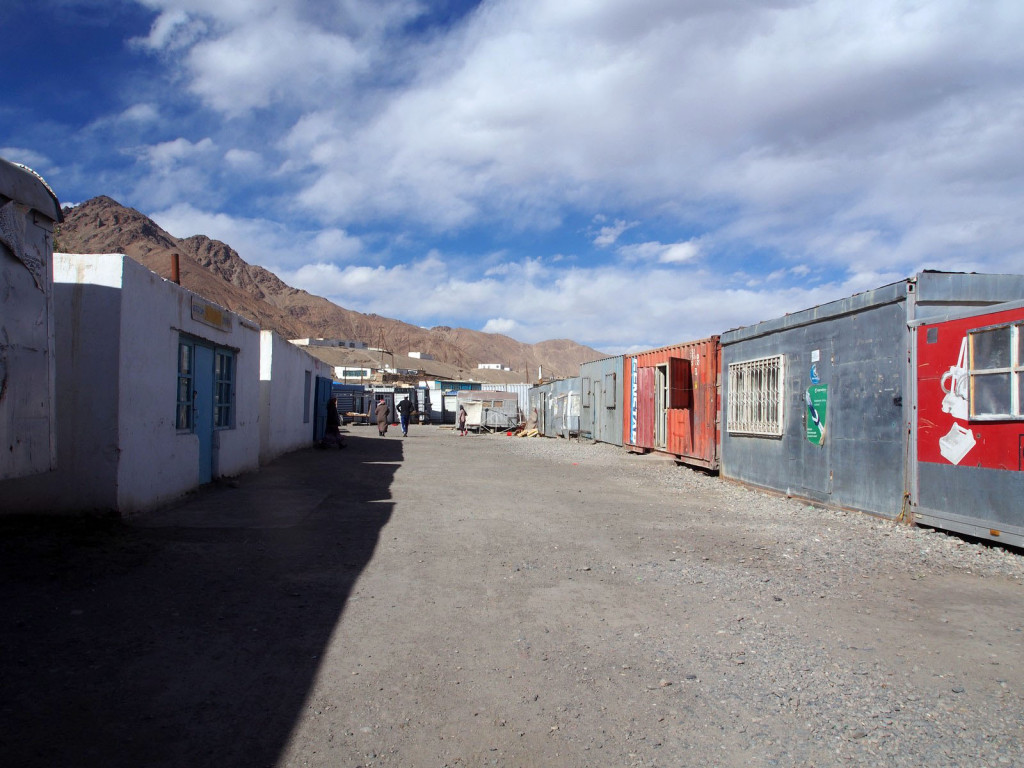
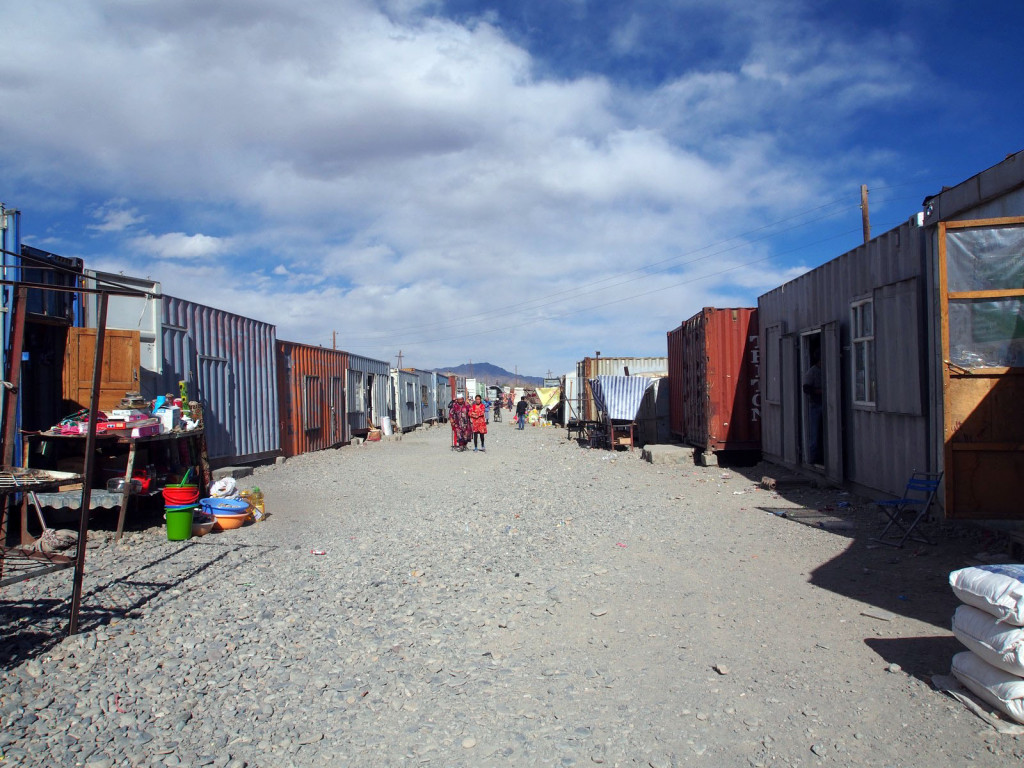
did you know the other side of that river you rode along was Afghanistan.
bad Juju if you crossed the river.
I’m sure you KNEW that you were skirting the Afghan border but didn’t tell us,did you… 🙂
Afghanistan isn’t all bad. It’s a beautiful country and not all war torn. I know a few who have travelled through it barely saw evidence of the war. It’s such a massive country, it isn’t spread far. Check out #afghanistanyouneversee on Instagram.